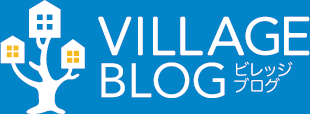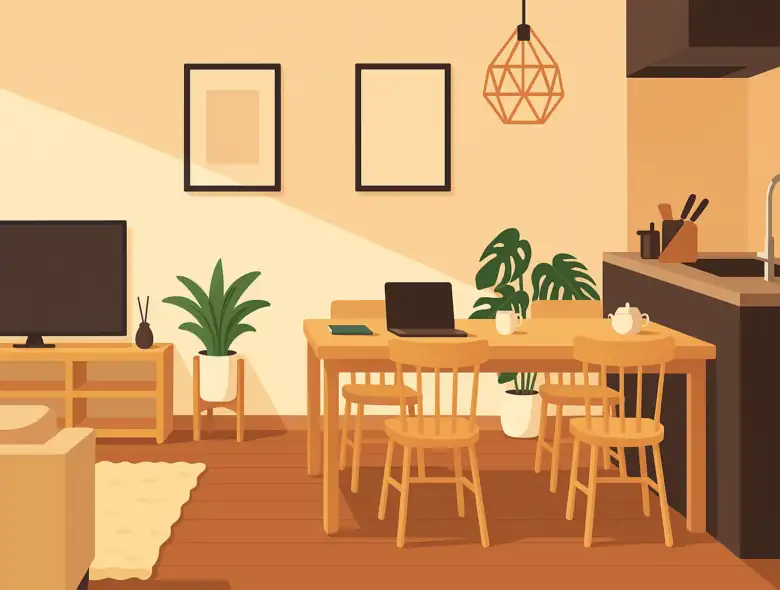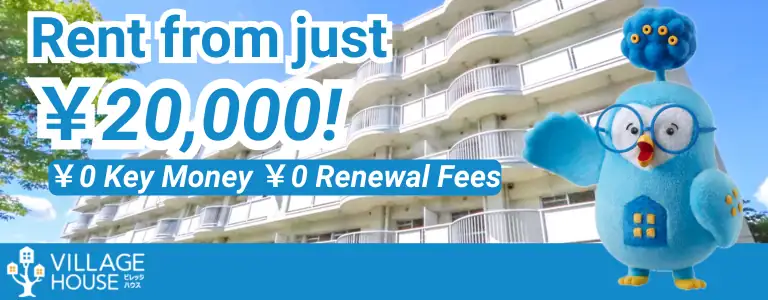One of the biggest and most pressing things a person needs to contend with when moving is finding accommodation unless you’re lucky enough to have your company or organization handle the logistics of this for you.
Typically, when house or apartment hunting, you are presented with two options: furnished and unfurnished lodgings. Though what exactly is deemed “furnished” and “unfurnished” is dependent on the housing company or landlord, usually, a furnished apartment or house will include the following:
- Basic furniture such as tables, chairs, a sofa, bed frame and mattress, closet and kitchen countertops, cabinets and drawers
- White goods such as a fridge, washing machine, stove, and possibly a microwave
Some furnished accommodations may also include a TV, kitchen appliances such as an electric kettle / coffee maker, kitchen utensils and cutlery, ironing board and iron, and a vacuum cleaner.
When it comes to unfurnished lodgings, this usually means that the apartment or house will be largely empty but may or may not include the following:
- Light fixtures
- Curtains and curtain rods
- Air conditioning unit
- Water boiler
- Standard kitchen (stove, countertops, kitchen cabinet)
What To Expect

In Japan, it is common for most rental apartments and houses to come unfurnished, especially if they are geared toward long-term renters. In Japan, an unfurnished accommodation can mean that the apartment or house is generally bare bones – no light fixtures, curtains or curtain rods, air conditioning unit, or even a basic, standard kitchen layout. This means that those looking to rent an unfurnished apartment will have to spend a significant amount of time to kit the place out with the bare basics along with essential furniture and appliances necessary for living.
That said, furnished lodgings are available in Japan, especially in the bigger metropolitan cities like Tokyo and Osaka. Many of these furnished places are targeted at non-locals or those looking for short-term stays or monthly rentals, meaning that rent is generally higher than that of their unfurnished counterparts.
Cost

Your budget is something that should be taken into serious consideration when house or apartment hunting and deciding on furnished or unfurnished accommodation to rent is one of the biggest factors to consider as it can impact your budget greatly.
On the one hand, a furnished apartment means that initial costs will be lower because you don’t need to go out to shop for furniture and appliances. It also means that upon moving out, your moving out budget will be cheaper as there are no bulky and heavy furniture and appliances to pack up and transport.
On the other hand, an unfurnished apartment will mean that your initial costs increase because you have to kit out the apartment or house with all the necessary furniture and appliances yourself. This means not only purchasing these necessities but possibly paying for them to be delivered, assembled, and installed. Then, if and when you do decide to move, your moving costs will be greater because you may require the assistance of a removal company to help you disassemble, uninstall, pack, and move the furniture and appliances you’ve bought. If you decide you don’t want to bring these items with you, you will have to pay to have them removed by the rubbish collectors, which can be pricey, depending on the item you wish to dispose of.
The advantage of an unfurnished apartment or house, however, is that rent tends to be lower than their furnished counterparts. In Japan, it is said that rent for unfurnished accommodation can be between 20% to 30% lower than furnished accommodation. Unfurnished accommodations also relieve tenants from additional fees for wear and tear and cleaning of the existing furniture and appliances.
You can lower the initial costs of moving into an unfurnished apartment or house by looking for furniture and appliances at secondhand stores and recycle shops. Sayonara Sales on Facebook and Craigslist Japan are also good places to hunt for a bargain or even free items due to the difficulty and trickiness of disposing of oversized items such as furniture and household appliances in Japan.
For more info on secondhand shopping, check out our article: A Beginner’s Guide to Secondhand Shopping for Your Home
Advantages and Disadvantages of Furnished Accommodation
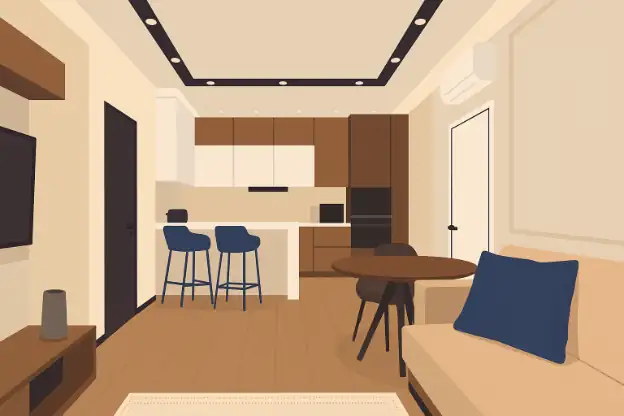
Advantages
Convenience and move-in readiness are arguably the biggest advantages of renting a furnished apartment or house. With all the furniture and appliances already taken care of, all you need to move in are your bags. This is especially beneficial for those seeking short-term or temporary accommodation.
The existence of furniture and appliances also means that it’s both cheaper and time-saving to move into a furnished place because you don’t have to allocate time to go shopping for and purchase furniture and appliances, have them delivered or brought back, and then have them assembled and installed.
Not only is it easy and quick to move in, but it will also be easy and quick to move out as you don’t need to disassemble, uninstall, pack, and possibly hire movers to help you transport furniture and large household appliances to your new lodgings.
Lastly, landlords and real estate organizations are generally responsible for the upkeep and maintenance of existing furniture and appliances to ensure that they are in good working order for the next tenant.
Disadvantages
Aside from the higher rent, furnished apartments limit tenants’ ability to customize and personalize the space. Existing furniture and appliances mean that the tenant must make do with what is already provided and unless there is an agreement with the landlord or housing company, furniture and appliances may not be removed from the apartment or house.
Moving into furnished accommodation also means that existing items have already been used by previous tenants and may not always be in the best condition. However, it is the landlord or housing company’s responsibility to ensure that the furniture and appliances are in good working condition, and if it is not, the tenant can negotiate for them to be replaced.
Another big caveat of moving into furnished accommodation is that the tenant will be responsible for any wear or tear or damage to the existing furniture and appliances. This can incur damage or cleaning fees, which may eat into your budget.
Advantages and Disadvantages of Unfurnished Accommodation
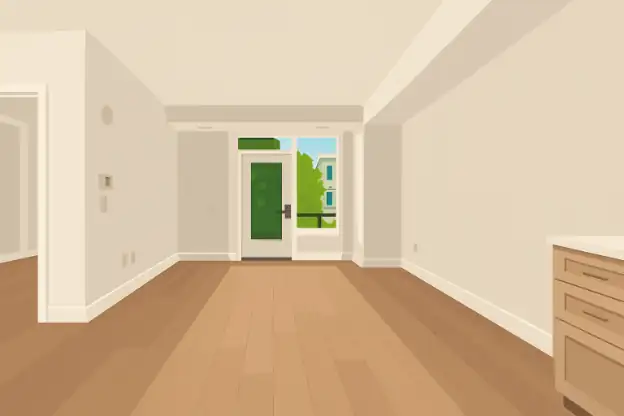
Advantages
Unfurnished rental apartments and houses usually mean that rent is cheaper, and tenants have more leeway and the possibility for customization and personalization of the space. Being able to choose and purchase your own furniture and appliances is a big advantage for those who want to be able to customize the space to suit their personal needs and lifestyle. This is especially advantageous for those looking for long-term or even permanent accommodation.
Another benefit of unfurnished accommodation is that the tenant bears no responsibility for any wear or tear or damage to existing furniture and appliances, so they run no risk of incurring any damage or cleaning fees or even having to replace a piece of furniture or household appliance.
Disadvantages
The most glaring drawback of an unfurnished apartment or house is that the move-in process is time-consuming and expensive, not to mention inconvenient. This is because the tenant will have to shop for, purchase, and then organize delivery or bring back the furniture and appliances they’ve purchased, only to then have to assemble and install them. Depending on what needs to be purchased, it can take up to a month or even more to get all the necessities bought, delivered, assembled, and installed before the place is comfortably livable.
The time and effort required to furnish a place that is bare bones means that unfurnished accommodation is not a good option for those seeking short-term or temporary accommodation as it’s both time-consuming and expensive.
Purchasing your own furniture and appliances also means that the tenant is responsible for the upkeep and maintenance of these items. Any wear and tear or damage is for the tenant to resolve themselves.
When moving out, the tenant is also then responsible for either dissembling, uninstalling, and packing the furniture and appliances to be moved to their new place, or to dispose, sell, or donate it, all of which takes time and money if the tenant wishes to dispose of them.
Things to Consider

All in all, when house or apartment hunting, one needs to consider the following:
- Are you seeking short-term or long-term accommodation?
- Time – do you immediately need to move in with everything set up or do you have the time to furnish the place yourself?
- What is your budget like – would you rather pay more rent per month, or higher initial costs needed to purchase furniture and appliances?
- What suits your lifestyle – would you rather the convenience of a fully furnished place or have the freedom to personalize or customize the place?
If you prefer to rent an unfurnished apartment or house, but don’t want the hassle of finding, buying, assembling, and installing all the basic fixtures necessary for an apartment or house, there are companies and real estate organizations that allow you to rent furniture and appliances during the duration of your stay. Village House is one such housing company. Not only do we provide over 1,000 rental accommodations across Japan’s 47 prefectures, but depending on the accommodation you decide on, you may be eligible for “add-on options”. In Village House, “add-on options” is an option where certain appliances such as an air conditioning unit, vanity sink, washlet toilet, and gas stove can be rented and installed at a small increase in rent. More information can be found here.
Related articles:
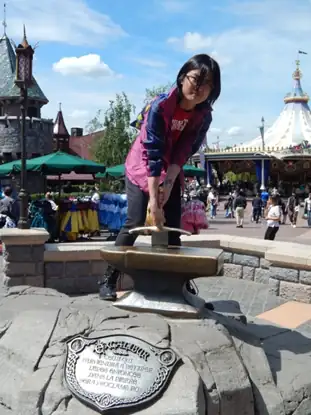
Freelance writer with over 2 years of experience writing for the Village House Blog, ESL teacher, and digital nomad who has lived in countries including The Czech Republic, The UK, The U.A.E., Japan, and most recently, Georgia. Is constantly on the hunt for the best, most optimal apartment for remote work when not enjoying going to film festivals, concerts, and the theater.

